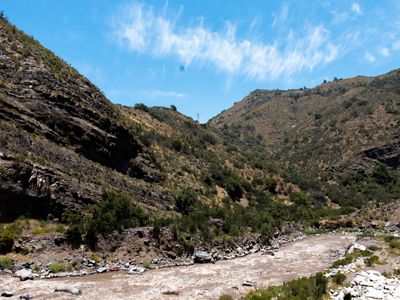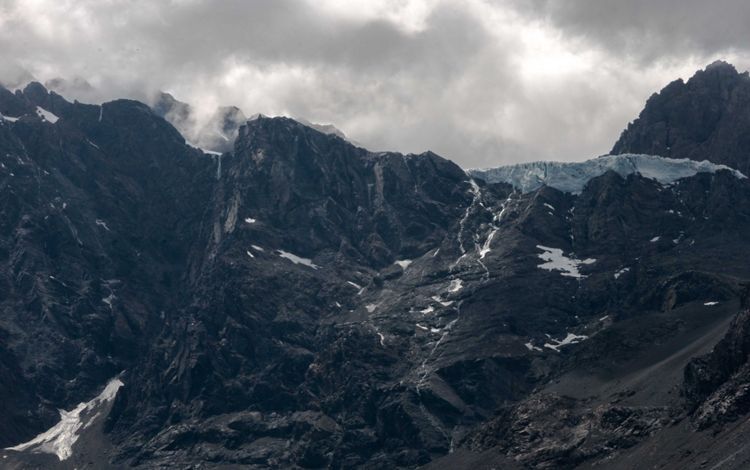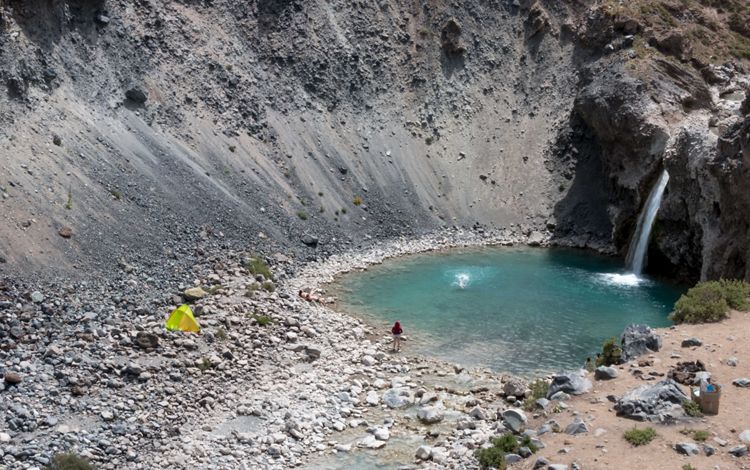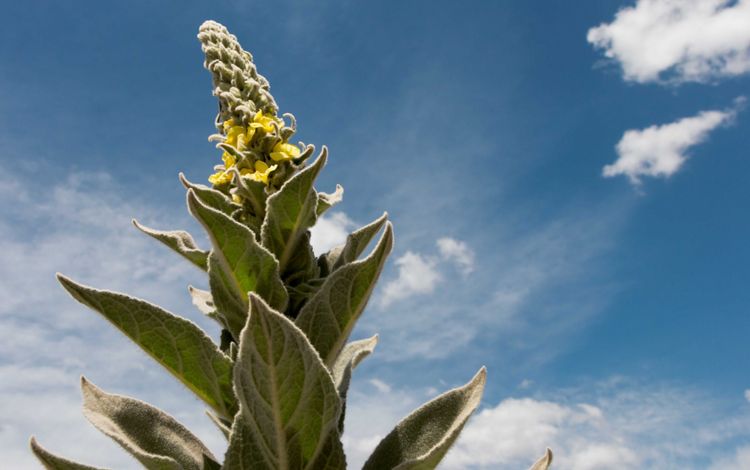Santiago Water Fund
Protecting Water at the Source to Ensure a Healthy Mediterranean Chile and Planet
Chile has one of the world’s five Mediterranean ecoregions and its mild winters and hot, dry summers provide ideal conditions for agriculture and other productive activities. Chile’s Mediterranean covers 20% of land surface, houses 75% of the national population, and is the country’s agricultural hub. Like most Mediterranean regions, it faces the challenge of less water with increasing demand; it is also affected by over-extraction of flows that is damaging the ecology of its river basins and jeopardizing nature, wildlife and people.
Climate change has led to increasing extreme weather events including droughts, landslides, floods and forest fires, affecting nature, cities and people. In 2015, the Global Climate Risk Index ranked Chile among the top 10 countries most impacted by climate change. Nowhere is this more patent than in central Chile’s Maipo watershed. The Nature Conservancy with support from HSBC is creating the Santiago Water Fund to protect wetlands and native vegetation in the Maipo watershed, thus improving water quality for nature and people.
Water funds are an innovative conservation model based on broad partnerships that invest in natural (green) infrastructure. The Maipo River's headwaters are on the west slope of Maipo volcano in the Andes Mountain Range. Sweeping down from the Andes mountains to the Pacific Ocean, the Maipo basin provides 80% of freshwater to the capital city of Santiago, and water for agriculture and other industry that comprise almost half of Chile’s GDP.
We Can't Save Nature Without You
Donate NowChile has one of the world’s five Mediterranean ecoregions and its mild winters and hot, dry summers provide ideal conditions for agriculture and other productive activities. Chile’s Mediterranean covers 20% of land surface, houses 75% of the national population, and is the country’s agricultural hub. Like most Mediterranean regions, it faces the challenge of less water with increasing demand; it is also affected by over-extraction of flows that is damaging the ecology of its river basins and jeopardizing nature, wildlife and people.
Climate change has led to increasing extreme weather events including droughts, landslides, floods and forest fires, affecting nature, cities and people. In 2015, the Global Climate Risk Index ranked Chile among the top 10 countries most impacted by climate change. Nowhere is this more patent than in central Chile’s Maipo watershed. The Nature Conservancy with support from HSBC is creating the Santiago Water Fund to protect wetlands and native vegetation in the Maipo watershed, thus improving water quality for nature and people.
Water funds are an innovative conservation model based on broad partnerships that invest in natural (green) infrastructure. The Maipo River's headwaters are on the west slope of Maipo volcano in the Andes Mountain Range. Sweeping down from the Andes mountains to the Pacific Ocean, the Maipo basin provides 80% of freshwater to the capital city of Santiago, and water for agriculture and other industry that comprise almost half of Chile’s GDP.

The Maipo watershed is under severe stress from human development and climate change: Scientists predict a 40% drop in water balance by 2070 plus an important reduction of glacier surface, drastically shrinking water supply. Yet, less than five percent of the Maipo watershed and Chile’s Mediterranean are under official protection, and there is no formal governance or management structure for the watershed.
The Santiago Water Fund will improve and protect key water sources in Mediterranean Chile using natural solutions and sustainable funding, contributing to the creation of resilient cities in the face of growing vulnerability to climate change. We will restore the High Andean wetlands, forests and river-side vegetation in the Maipo watershed to improve the quality and the quantity of the water that reaches Santiago’s seven million inhabitants.
With TNC’s science and Water Fund model, the city of Santiago will be able to collectively invest in the long-term conservation of the Maipo watershed, generating consensus on watershed management between the private and public sectors. The Santiago Water Fund will demonstrate how nature-based solutions improve the quality and availability of water for people whilst helping preserve biodiversity, capturing and storing carbon, building more climate-resilient communities and reducing water treatment costs.
The Santiago Water Fund will support Chile’s resilient cities strategy and promote the science-based conservation of key natural sites like the Batuco wetland north of Santiago and the northern Limari river basin.
Photo Gallery





